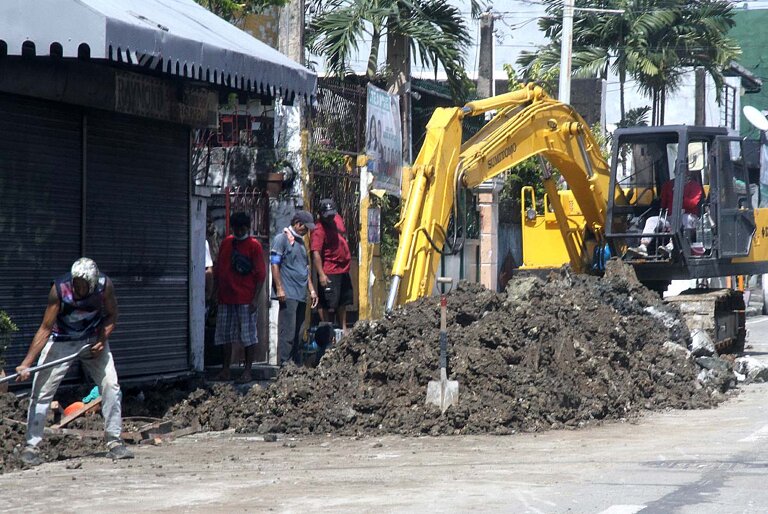PLDT and wireless subsidiary Smart make another leap in terms of speed. And it looks like the duo are still hailed as the fastest fixed and mobile Internet networks in the Philippines.
The results are based on Ookla’s recent reports of tests taken with the Speedtest app on the second half of 2019.
According to Ookla, Smart posted a Speed Score of 18.13, with average download speeds of 20.42 Mbps and average upload speeds of 9.87 Mbps. These are based on 1,822,401 user-initiated tests using LTE-capable devices in the Philippines for the period Q3-Q4 2019.
Also see: Smart Infinity subscribers get 50% off at The Farm at San Benito
Meanwhile, PLDT got a Speed Score of 25.03, with average download speeds of 62.87 Mbps and average upload speeds of 80.07 Mbps. The fixed network award is based on 29,505,821 customer-initiated tests nationwide for Q3-Q4 2019.
Speed Score is a measure that takes into account both upload and download speeds.
Digital 2020 report
According to HootSuite’s We Are Social 2020 report, the Philippines tops the world in average time spend daily on the Internet at 9 hours and 45 minutes. That’s actually more than a whole work day. The global average is 6 hours and 43 minutes.
The report also mentions that 3.8 billion people now uses social media. The Philippines is the most active, spending 3 hours and 53 minutes on social every day. The global average is 2 hours and 24 minutes.
Fastest network in key cities
In the Philippines, Smart leads the race by posting the fastest Internet speeds in key cities like Makati, Manila, and Quezon City.
In Makati, for example, Smart posted a Speed Score of 26.95, more than twice the its competitor.
PLDT, on the other hand, leads in Quezon City, Cebu and Cagayan de Oro.
For mobile, Speed Score measures provider’s download and upload speed to rank network speed performance from devices capable of connecting to the market’s fastest, generally available technology.
For fixed, Ookla assesses the best network speeds attained from a given network, accounting for tests that are taken on various Speedtest applications that connect to a fixed network, including tests taken on mobile phones over a Wi-Fi connection. Each top carrier accounts for at least 3% of the sample size in the geographic area.





